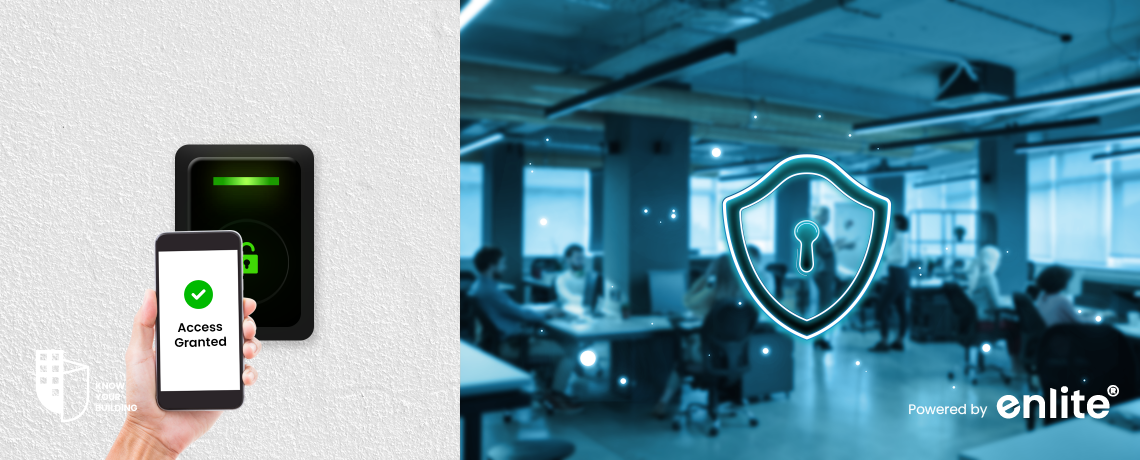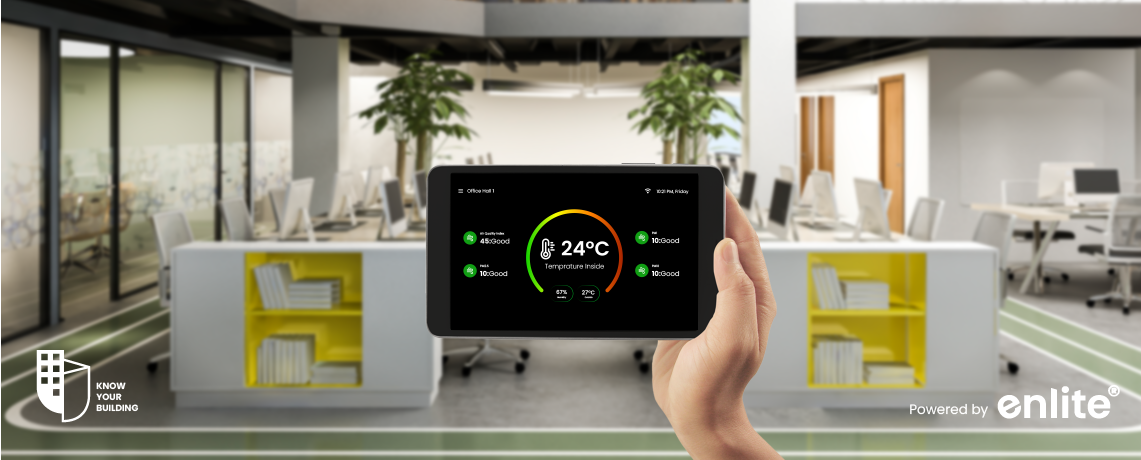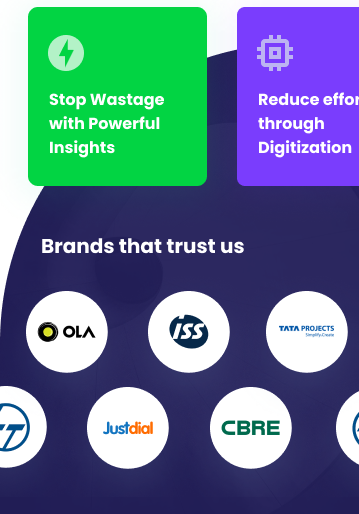Access control plays a vital role in safeguarding commercial buildings, ensuring the right people have access to specific areas while keeping facilities secure. With the advent of cloud-native solutions, managing access control has become more efficient, flexible, and scalable, catering to the unique needs of commercial properties. Here’s how cloud-native technologies enhance access control systems and why they’re a must for modern buildings.
Why Cloud-Native Access Control is Essential for Commercial Buildings
1. Increased Security for High-Traffic Areas
Commercial buildings often experience high foot traffic, making it crucial to have robust access control systems in place. Cloud-native solutions offer features like visitor management, time-restricted access, and detailed activity logs to keep these areas secure.
Example: A coworking space can use cloud-native access control to grant time-limited access to temporary members, ensuring they can only enter during their scheduled hours.
2. Simplified Management of Multi-Tenant Buildings
For buildings housing multiple tenants or businesses, managing access permissions can be challenging. Cloud-native systems enable centralized control, allowing property managers to oversee access permissions for each tenant without requiring separate systems.
Key Benefit: Tenants can independently manage their access needs, reducing the administrative burden on facility managers.
3. Emergency Response Capabilities
In the event of emergencies such as fires, natural disasters, or security threats, cloud-native access control systems can play a critical role. They allow for real-time lockdowns, remote access revocations, and quick communication with first responders.
Example: In a fire emergency, the system can automatically unlock doors for safe evacuation while restricting access to critical areas.
4. Integration with Building Management Systems (BMS)
Cloud-native access control solutions can seamlessly integrate with other systems within a commercial building, such as HVAC, lighting, and surveillance. This integration provides a comprehensive view of building operations and enhances overall efficiency.
Example: A cloud-native BMS like Know Your Building can synchronize access permissions with HVAC systems, ensuring energy efficiency by adjusting temperatures based on occupancy.
5. Enhanced Compliance for Commercial Standards
Commercial buildings often need to comply with specific security and data privacy regulations. Cloud-native solutions offer detailed access logs, audit trails, and customizable compliance settings to meet these requirements effortlessly.
Example: Healthcare facilities can use access logs to comply with HIPAA regulations by monitoring who enters areas with sensitive patient data.
Features That Make Cloud-Native Solutions Ideal for Commercial Buildings
- Mobile Access: Allows building occupants to use smartphones as access credentials, reducing dependency on physical keycards.
- Visitor Management: Provides temporary or one-time access codes for visitors, enhancing security.
- Geo-Tagging: Tracks access activity by location, helping identify unusual patterns or potential breaches.
- Real-Time Alerts: Sends notifications for unauthorized access attempts or system anomalies.
- AI-Driven Insights: Uses AI to predict access needs and recommend security enhancements based on building usage patterns.
Key Benefits for Commercial Properties
- Cost Savings: Eliminates the need for physical infrastructure upgrades with cloud scalability.
- Improved User Experience: Offers a seamless access process for employees, tenants, and visitors.
- Operational Efficiency: Automates tasks like onboarding/offboarding access permissions, saving time and effort.
- Future-Ready: Adapts to technological advancements without significant overhauls














